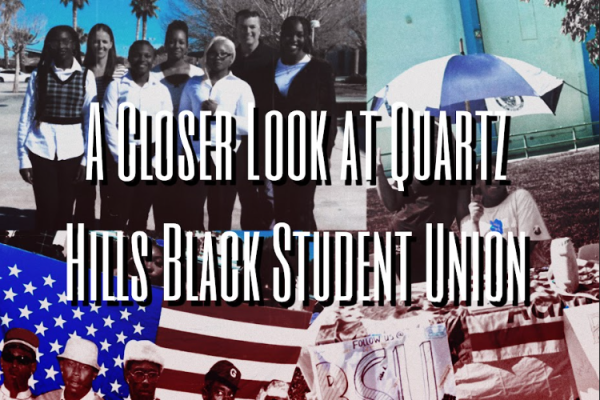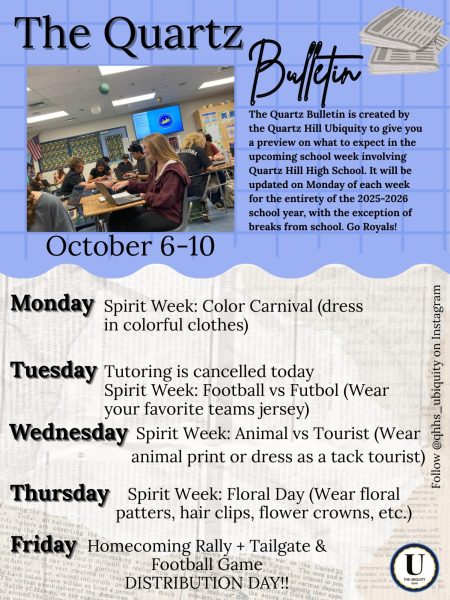Third Surge of COVID-19
As cooler weather prevails nationwide and states are reporting more and more coronavirus cases, the United States has officially reached a third pandemic surge.
The U.S. has reported a new average of about 83,000 new cases a day, which is the highest since the beginning of August. With hospitalization increasing dramatically, health workers are preparing themselves for the worst wave yet.
“The next six to 12 weeks are going to be the darkest of the entire pandemic,” warned Dr. Michael Osterholm, infectious disease specialist at the University of Minnesota.
According to the White House Coronavirus Task Force, there are no U.S. states reported in the green zone. In their October 19 report, 26 states were in the red zone and 19 in the orange zone.
A third wave came as no surprise to many experts who have been predicting it for months. The combination of social-distancing fatigue, school reopenings, and the flu season all proved to be explanations for the record-breaking increase in cases.
Although cases are also skyrocketing in Europe, the U.S. still holds the highest death toll globally— nearly 230,000. Nevertheless, President Donald Trump, who was recently hospitalized from the virus, has yet to express any urgency in tackling the pandemic. In fact, in early October, he even tweeted, “Don’t be afraid of Covid. Don’t let it dominate your life.”
Experts continue to urge everyone to continue practicing social distancing as winter approaches. Cedric Dark, an emergency medicine physician at the Baylor College of Medicine, expressed a widespread concern that cases could worsen in the upcoming season.
“People will bring this back during Thanksgiving, during Christmas, during winter break,” Dark proclaimed. “This is a disease that has an incubation period of up to two weeks. So it’s not really safe to say, ‘Okay, I’m going to come home and come back.’… By the time you develop symptoms, you’ve already exposed your parents.”
There is still hope that this wave will be short and sweet. In the Southern Hemisphere, social distancing and masking have kept the flu season at bay. They could do the same in the U.S. Questions of possible community immunity have arisen as well. It is also quite possible that people will not ease up on precautionary measures as they see cases going up. However, the director of the Center for Infectious Disease Research and Policy, Michael Osterholm, thinks this is very unlikely.
“The next number in the fall is likely going to shoot way up,” predicted Osterholm. “I think this fall is going to be the biggest spike of all.”
Although the Trump administration has hinted at a vaccine coming out before the end of the year, it is not worth holding your breath over. Concerns over a rushed vaccine have pushed any release date much later than President Trump has announced. Even with a safe vaccine, it could take years to reach the widespread distribution rates required for herd immunity.
In the meantime, health officials continue to encourage widespread masking, social distancing, and testing. In other countries such as Germany and New Zealand, such practices have successfully reduced death tolls. Certain states that have also adopted similar policies, like New York, have controlled outbreaks.
“There’s no mystery about what causes new cases,” declared Nahid Bhadelia, an infectious diseases physician and medical director of the Special Pathogens Unit at Boston University School of Medicine. “We have to make trade-off choices.

My name is Jada Hikary and I am currently a junior here at Quartz Hill. I’m from Ann Arbor, Michigan and relocated to Quartz Hill over the summer. After...







